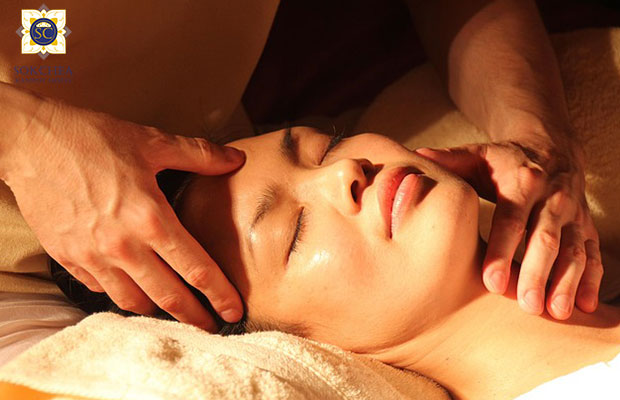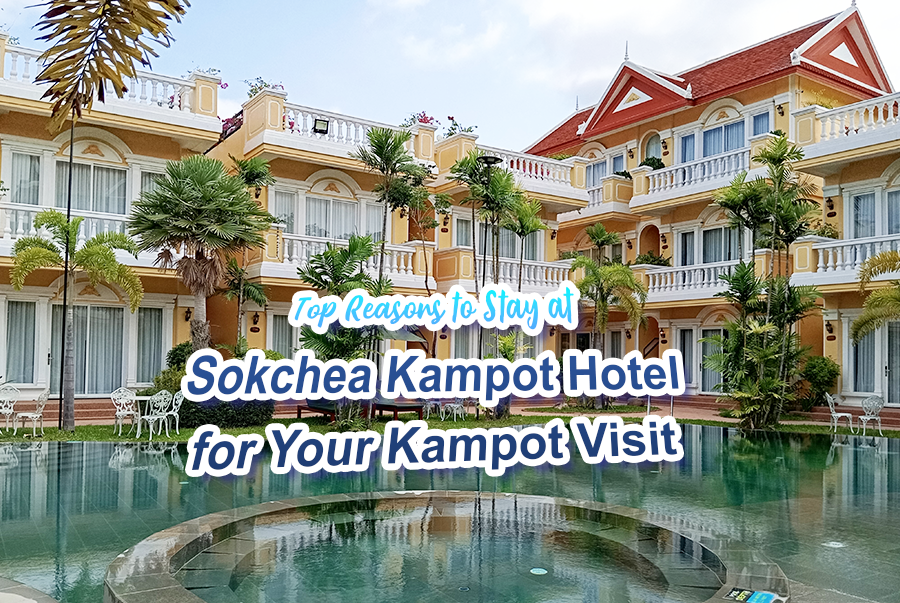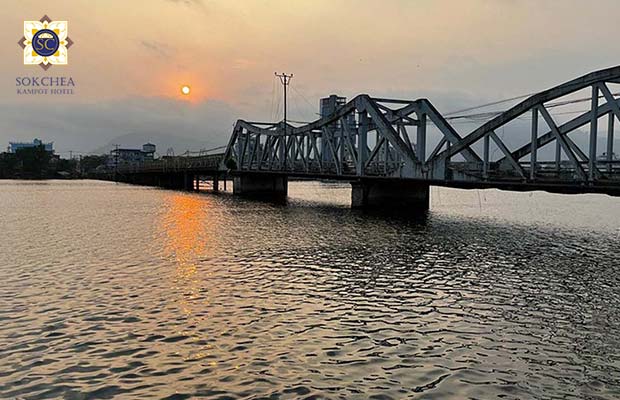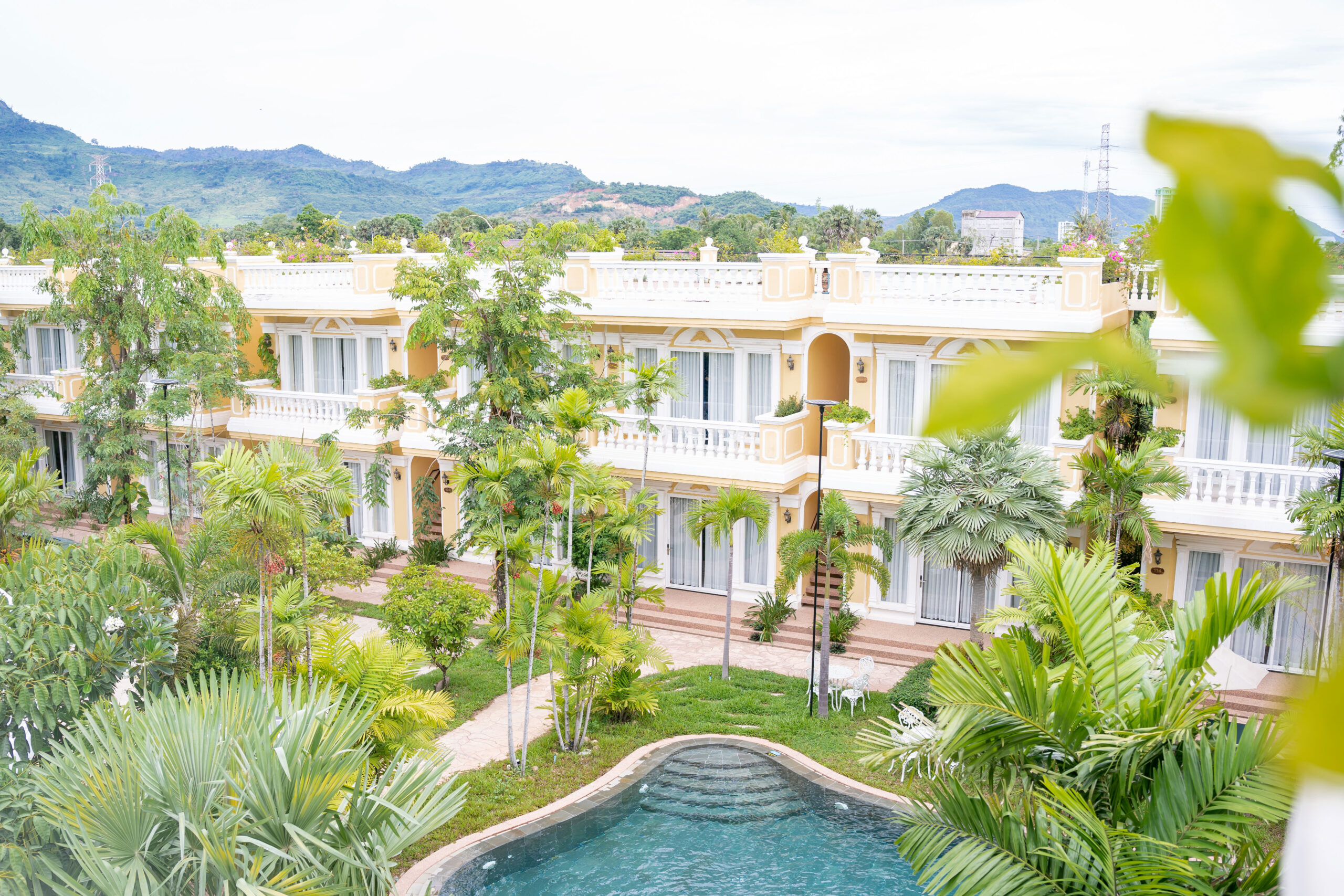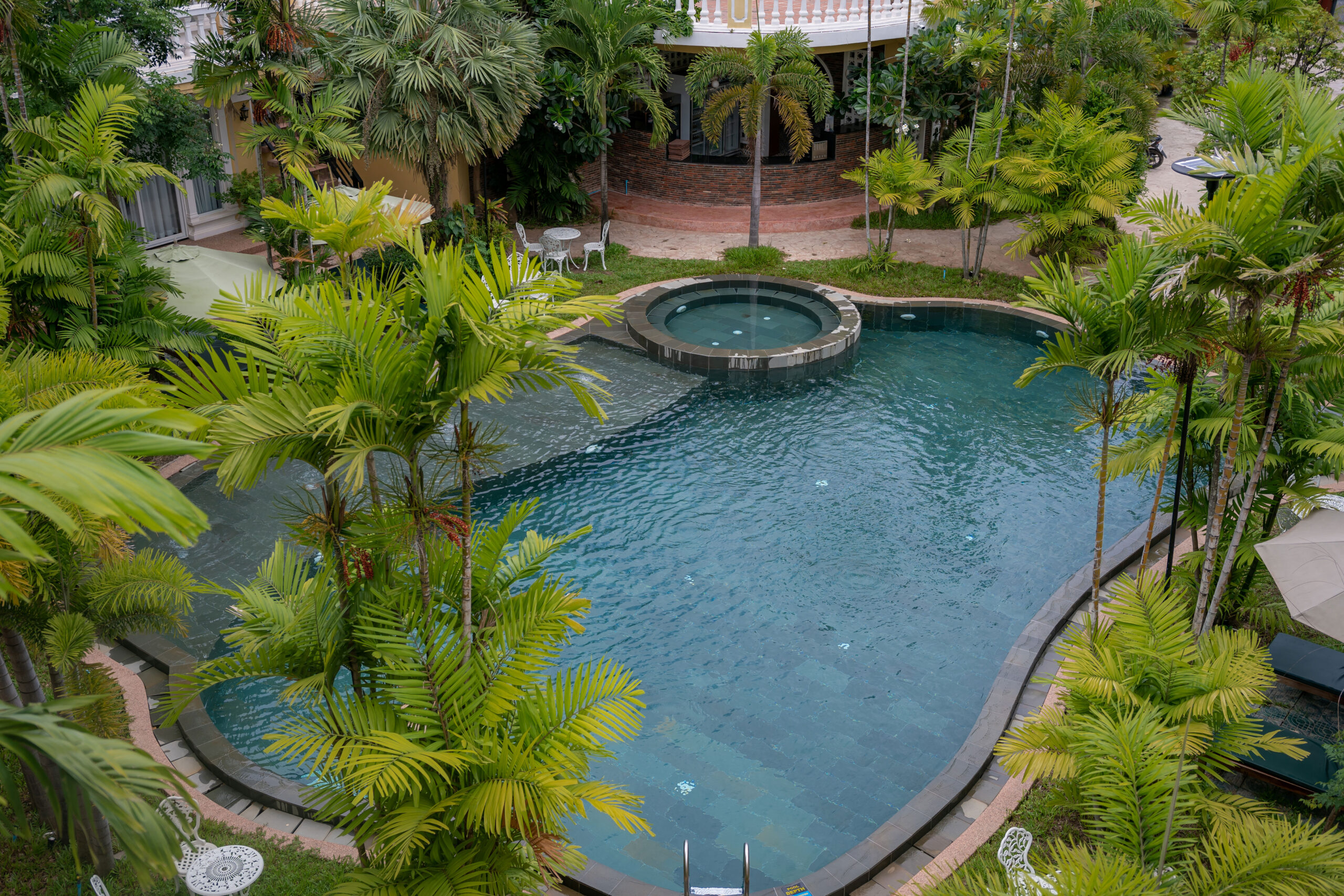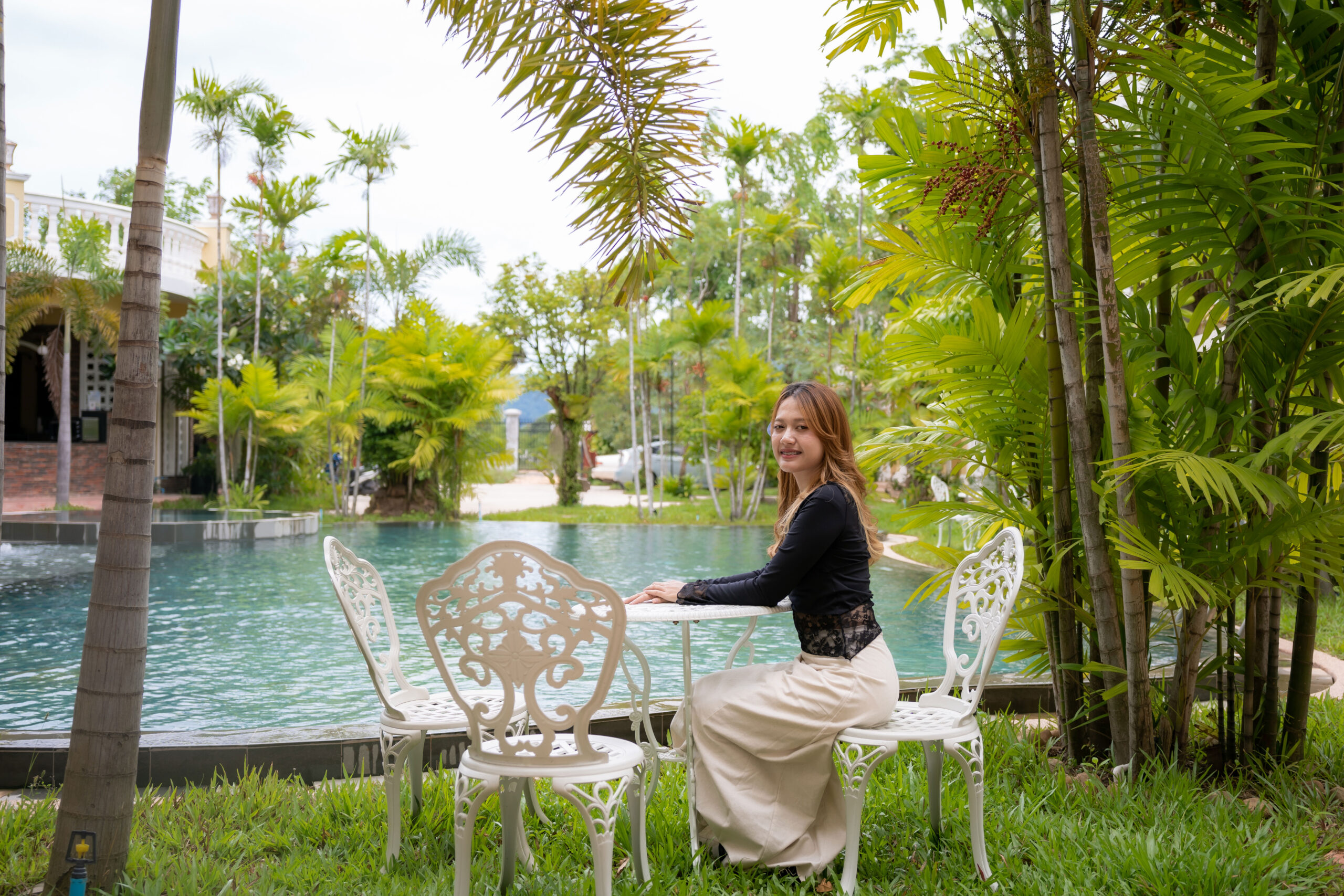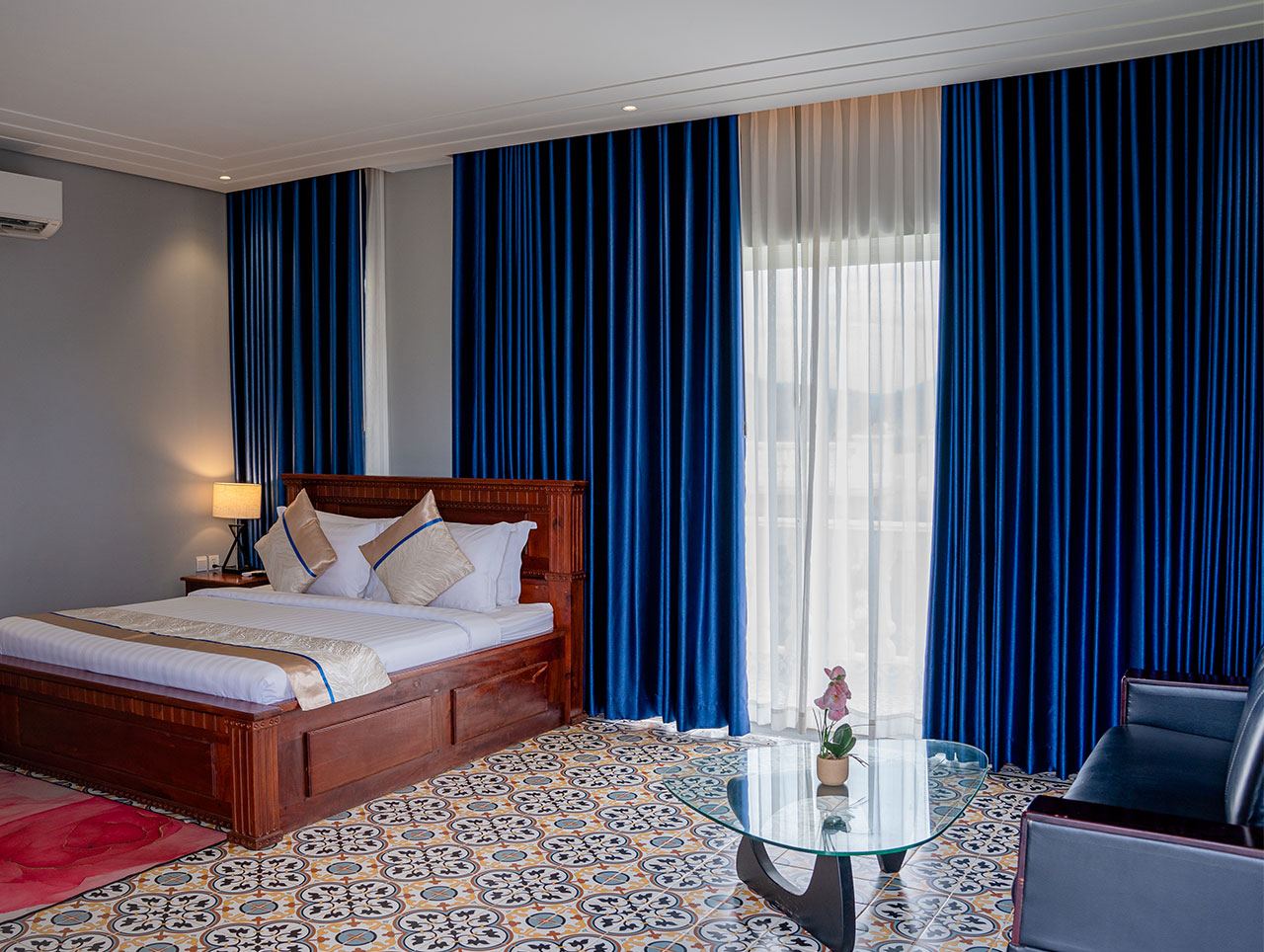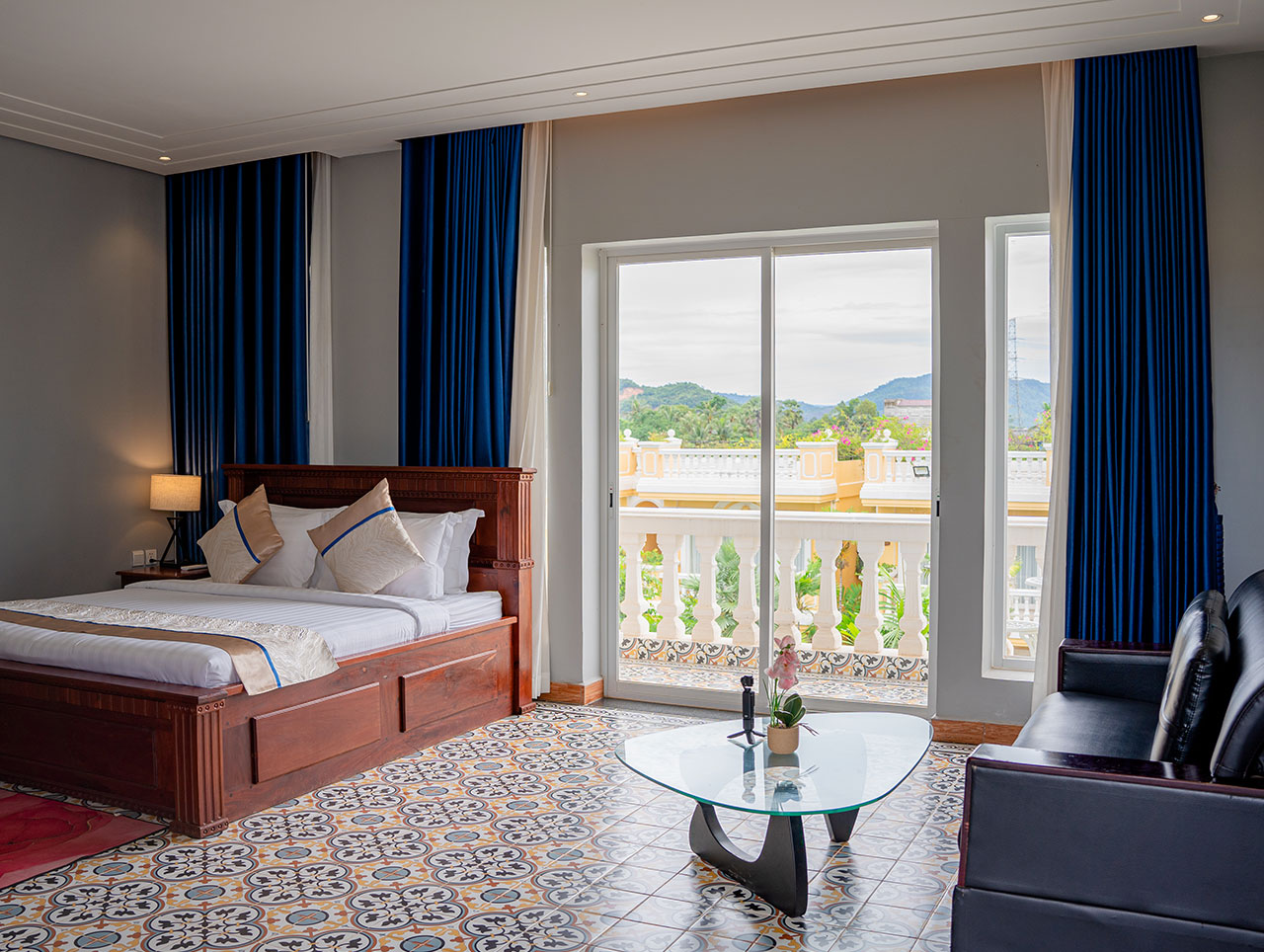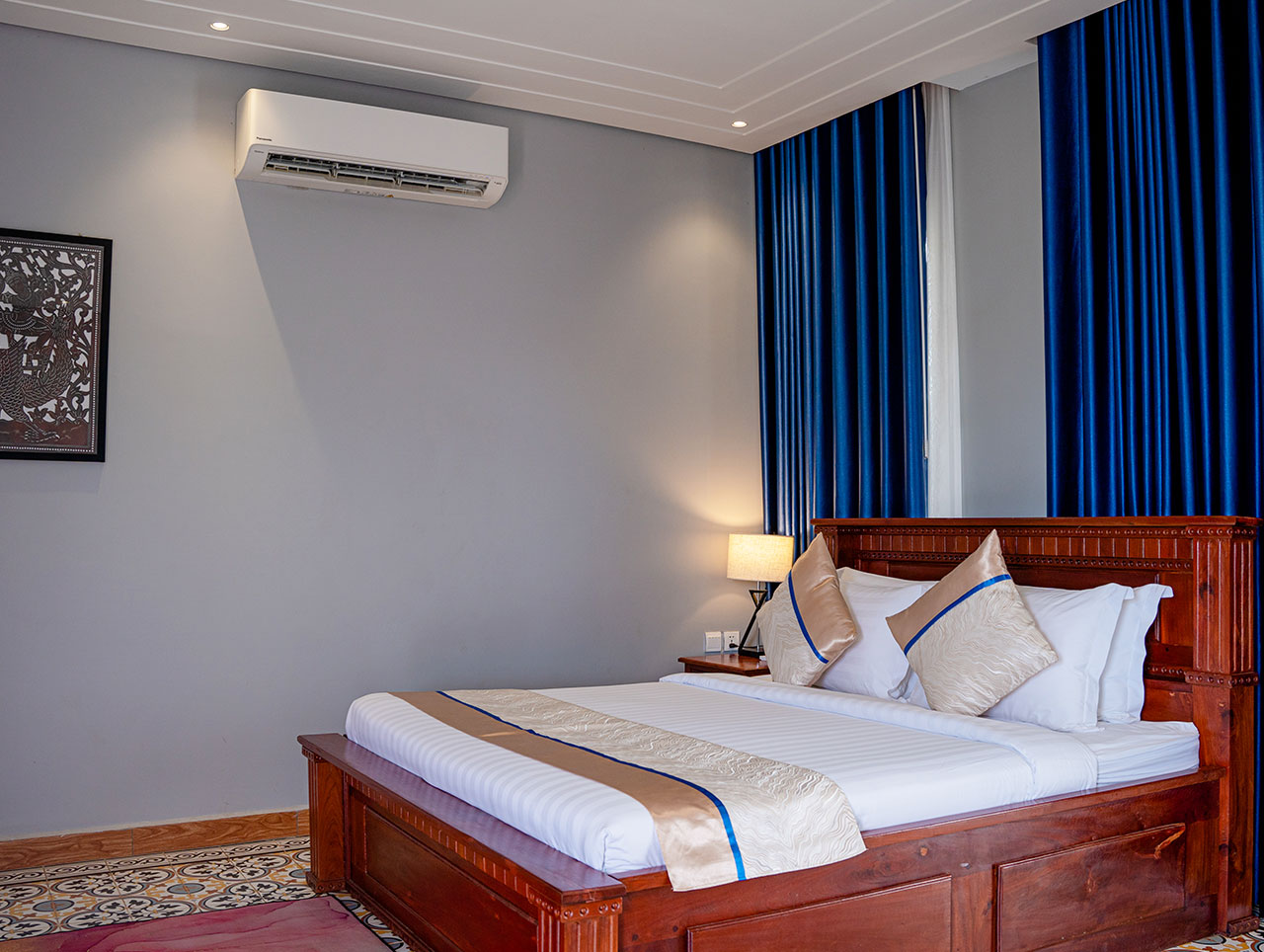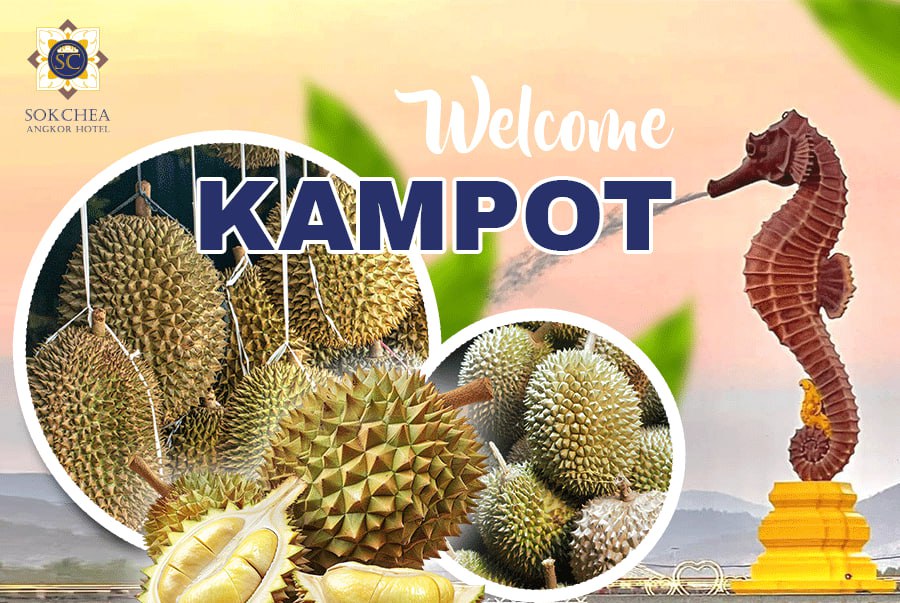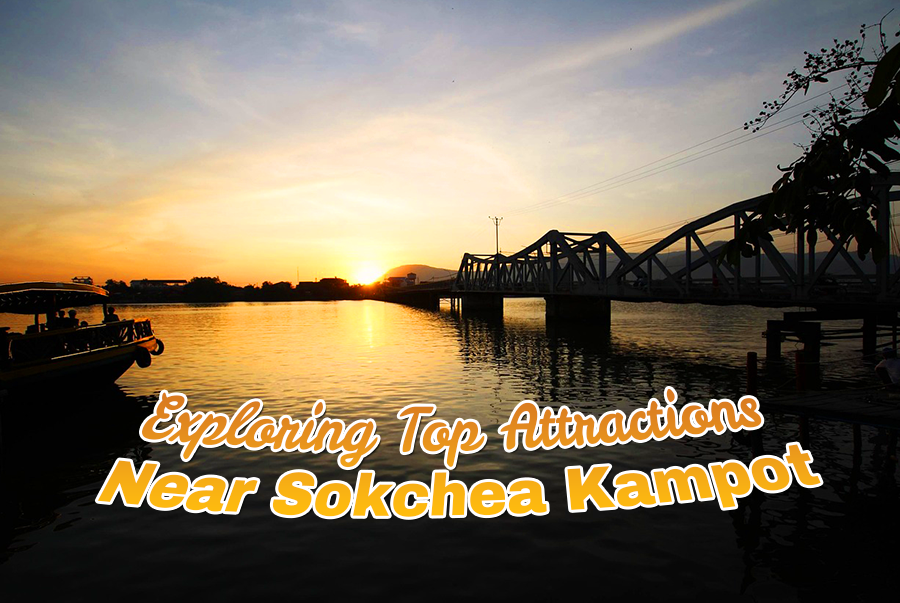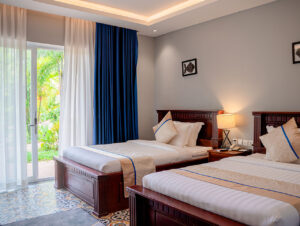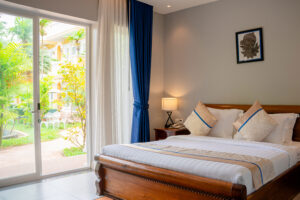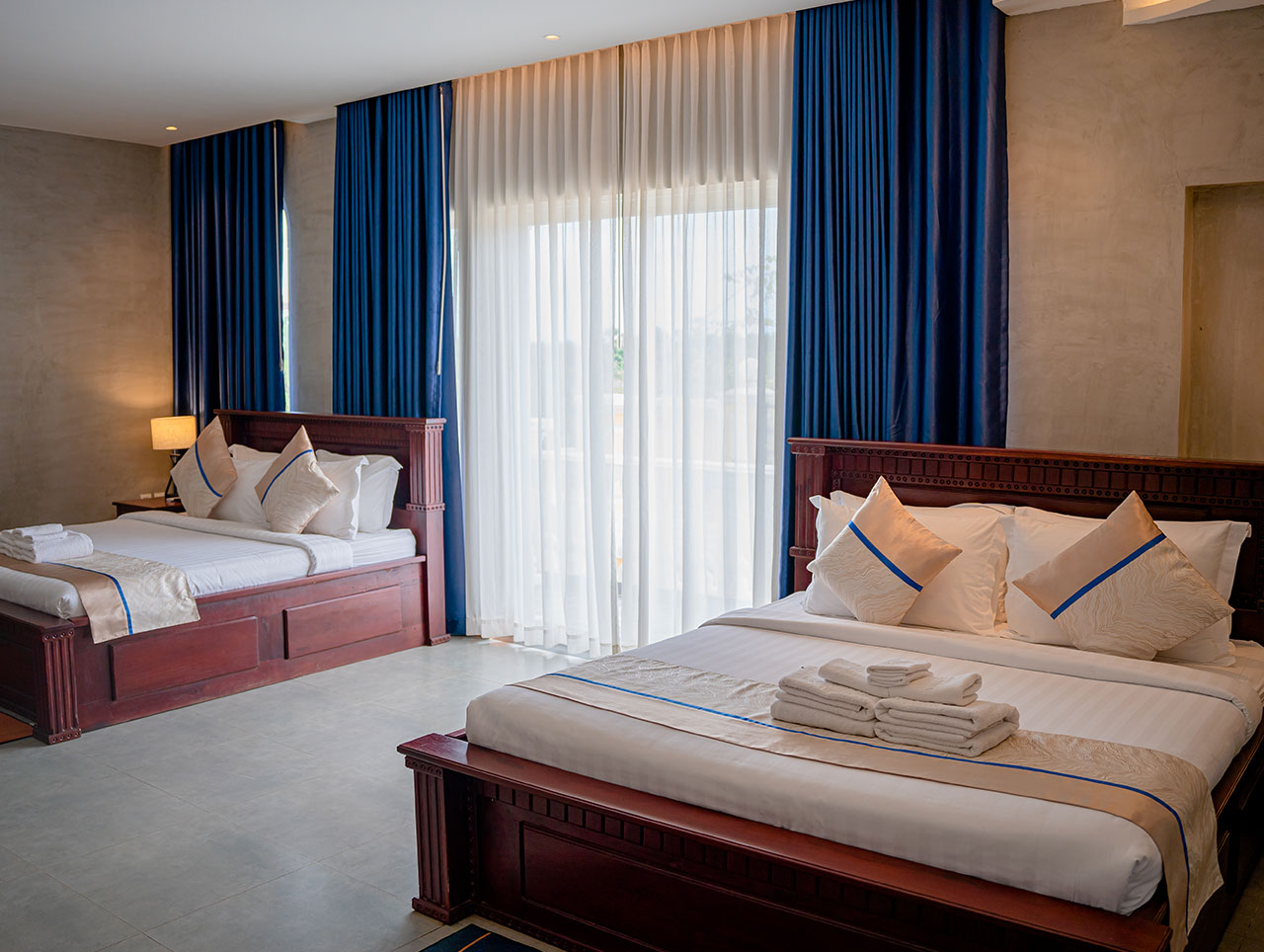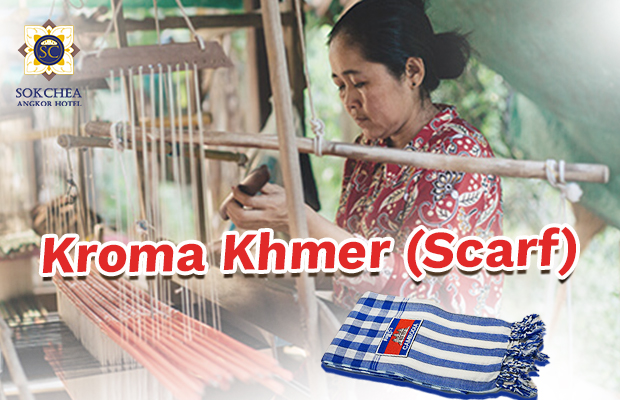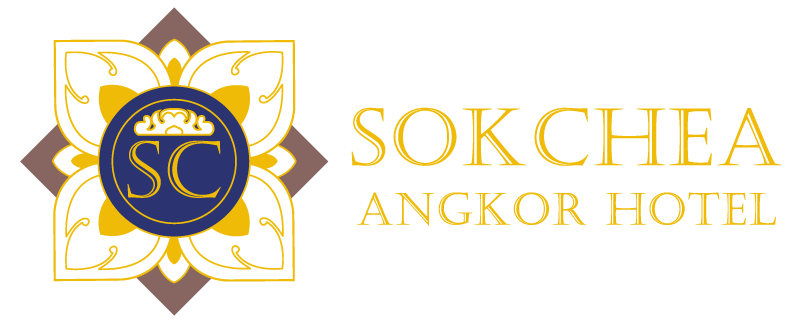Kampot, known for its lush landscapes and agricultural richness, is indeed home to several durian farms. Durian, famously dubbed the “king of fruits,” thrives in the region’s tropical climate, making Kampot an ideal location for cultivating this unique and pungent fruit.
Visiting a durian farm in Kampot offers travelers the opportunity to experience firsthand the cultivation and harvesting process of this iconic fruit. Depending on the farm, visitors may be able to participate in guided tours where they can learn about durian cultivation techniques, explore the orchards, and even taste freshly harvested durians.
In addition to durians, many farms in Kampot also cultivate other fruits such as mangoes, rambutans, and pomelos, providing a diverse agricultural experience for visitors.
Kampot Durian, renowned for its unique flavor and aroma, typically ripens and becomes available for harvest during the durian season, which generally spans from May to September. However, the exact timing can vary depending on weather conditions and the specific variety of durian being cultivated.
During the durian season, you’ll find an abundance of this prized fruit at local markets, roadside stalls, and durian farms throughout Kampot and the surrounding regions. Many farmers also offer durian tasting experiences, allowing visitors to sample different varieties and learn more about this beloved fruit.
Looking for the accommodation in kampot, look no further than Sokchea Kampot Hotel.

